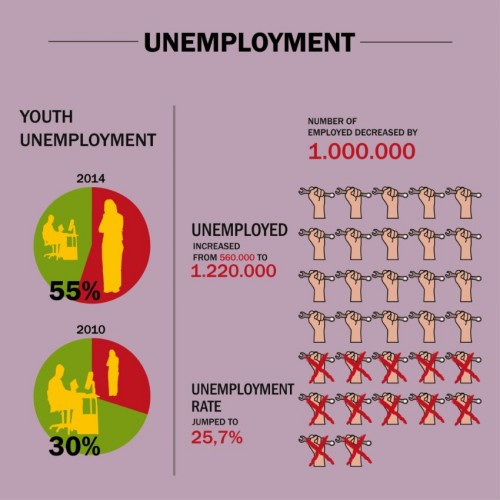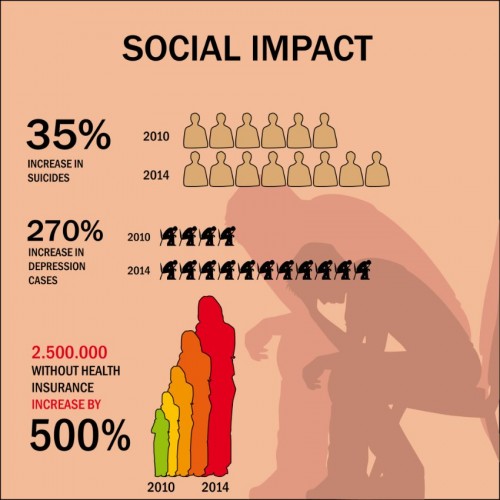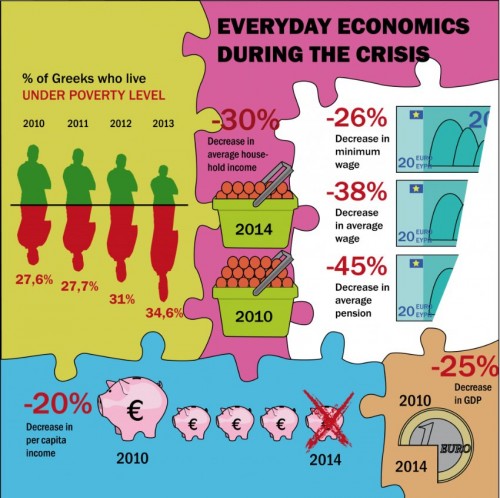Recent news on climate change is deeply troubling, and people around the world are mobilizing to call for immediate action. This unique global problem means we all have to get better at understanding global inequality, but the first step to this might just be getting a more accurate view of the globe itself.
I love this classic clip from The West Wing about the problems with the Mercator Projection—the way we typically draw maps of the world.
About a month ago, data scientist Neil Kaye made a popular animation correcting the Mercator Projection to countries’ true sizes. Watch how dramatically the northern hemisphere shrinks, and the points from Cartographers for Social Equality seem even more serious.
Animating the Mercator projection to the true size of each country in relation to all the others.
Focusing on a single country helps to see effect best.#dataviz #maps #GIS #projectionmapping #mapping pic.twitter.com/clpCiluS1z
— Neil Kaye (@neilrkaye) October 12, 2018
One of the most striking parts of this animation for me is that many of the regions that are most vulnerable to extreme early changes don’t shrink much. If it is true that people attribute importance to size, these maps are an important reminder that we may not have the best mental pictures for thinking about both old trends in economic and political inequality and new trends in climate risk.
Evan Stewart is an assistant professor of sociology at University of Massachusetts Boston. You can follow his work at his website, or on BlueSky.


 We may be more connected through Mario, but that connection takes place within a global capitalist economy. In fact,
We may be more connected through Mario, but that connection takes place within a global capitalist economy. In fact, 




